There are five critical – and integrated – components leading to the resurgence of animal populations in the Maasai Mara. Each of these essential parts is necessary to create a synergistic system that supports the whole. When all the pieces are in balance, the system is self-sustaining.
Five Factors of Success
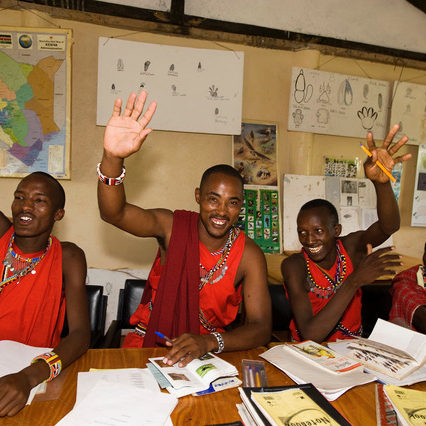
Economic Advancement for the Maasai
Indigenous people worldwide typically receive 1% of the income produced by tourism to their homeland. If the Maasai – with an 8% population gain annually – agree to allow increasing wildlife populations on their land, they must receive financial compensation. This is land that the Maasai would traditionally use for their cattle and agriculture needs. Today, thousands of Maasai families are participating in the lease programs that keep land open and unfenced, to the great benefit of migrating wildlife. Basecamp also supports training, employment and development programs for Maasai in positions that support healthy tourism: guides, safari camp staff, management training, and a variety of jobs.
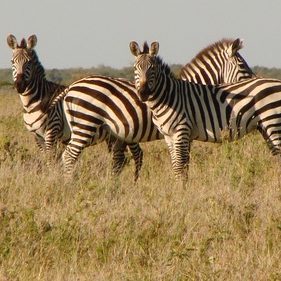
Responsible, Sustainable Eco-Tourism
People come from all over the world visit the Maasai Mara to experience spectacular animals in their natural habitat. Today, 80 percent of the employment in the Mara is dependent on the tourist economy. Tourism has brought better jobs and a higher standard of living to the region. Importantly, tourists pay $80 per night in a ‘bed tax’ that supports the Maasai Mara National Reserve and the 14 conservancies. These funds are used primarily to pay lease agreements with to local landowners who in turn agree to leave their lands unfenced. These agreements prevent the construction of fences that disrupt historic and vital wildlife migration routes, and allow wildlife the use of Maasai lands.
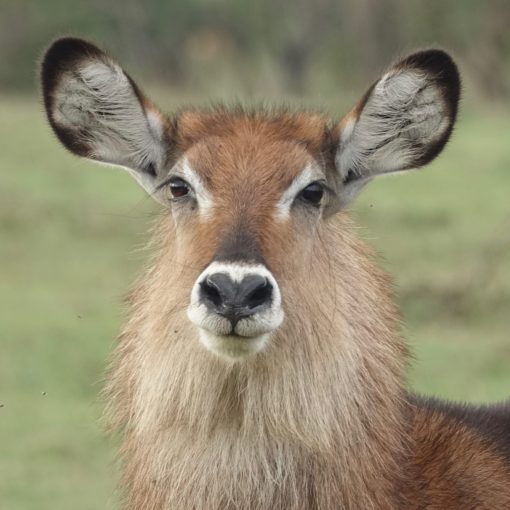
Regenerative Eco-System
The human population growth on the Mara is about 8% annually. Unless the land is managed wisely, for the benefit of humans and both wild and domesticated animals, if will be seriously denigrated to the point of desertification. Without a viable ecosystem, the wildlife and the Maasai culture will collapse, along with tourism, jobs, and one of the most incredible places on planet Earth. For the whole Maasai eco-system to be sustained, wild animals and the Maasai’s domesticated cattle, sheep and goats must have food. The 15 conservancies surrounding the Maasai Mara manage land for sustainability, with controlled grazing. Without this planned control, the area would be severely overgrazed. In times of drought and climate change, conservancies use careful water management that benefits wildlife, livestock and humans.
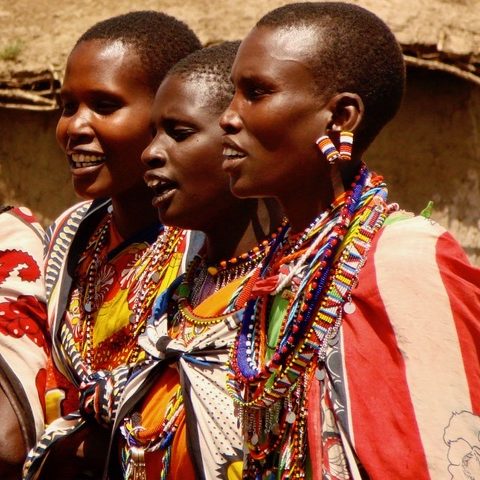
Maasai Cultural Experience
The Maasai people have lived closely with wildlife for centuries, and with great respect. They are generous in their willingness to share their knowledge of the region’s wildlife with tourists; they impart their rich culture through song, dance and stories with visitors to this spectacular region. This experience brings more tourists to the region each year; and with them, vital funds that support indigenous people. With the opening of the Enjoolata Awareness and Cultural Center in 2019, there will be a unique hub from which the Maasai can share their unique culture with the world.
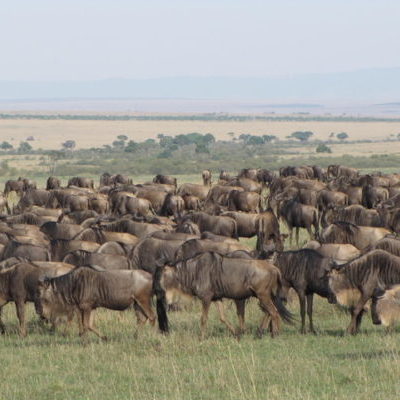
Wildlife and Migration Corridor Protection
For the millions of animals to survive, they must be able to freely move in the Serengeti and Maasai Mara. We have worked with the Maasai land owners to establish 15 land conservancies: land is leased from the Maasai, who are paid a fee and who agree not to erect fences that interfere with wildlife migration routes. Historic corridors remain open for migrating animals. Within the conservancies, Wildlife Rangers help to control poaching and address wildlife-livestock conflicts with Maasai landowners.
